Truman, by David McCullough (1992) I am in awe of this ordinary man who became an extraordinary leader. (I’m also in awe of David McCullough, and I’ll read anything he writes.) Some of my favorite quotes: “An optimist was a person who thinks things can be done. No pessimist ever did anything for the world.” Near […]
Year Read: 2010 or before
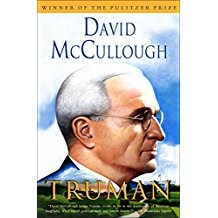
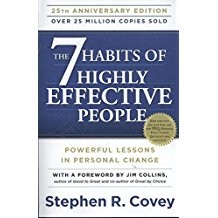
The Seven Habits of Highly Effective People
Stephen Covey
1989
Read: 2010 or before
Education/Leadership, Non-Fiction, Reading Now, Recommended for Young Adults
This is another one of my bedrock books. Stephen Covey has had such an influence on my personal and professional life. The seven habits: Be Proactive Begin with the End in Mind First Things First Win-Win Seek First to Understand, Then Be Understood Synergize Sharpen the Saw From “Beginning with the End in Mind” which […]
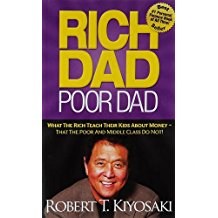
Rich Dad, Poor Dad
Richard Kiyosaki
2000
Read: 2010 or before
Non-Fiction, Reading Now, Recommended for Young Adults
It’s been on the best seller list since it came out. It’s corny and very simply written. But as a parent and an educator, there’s not better book to give you the big picture of money. We educators don’t think about money. We think about how overwhelming our job is, how wonderful it is to […]
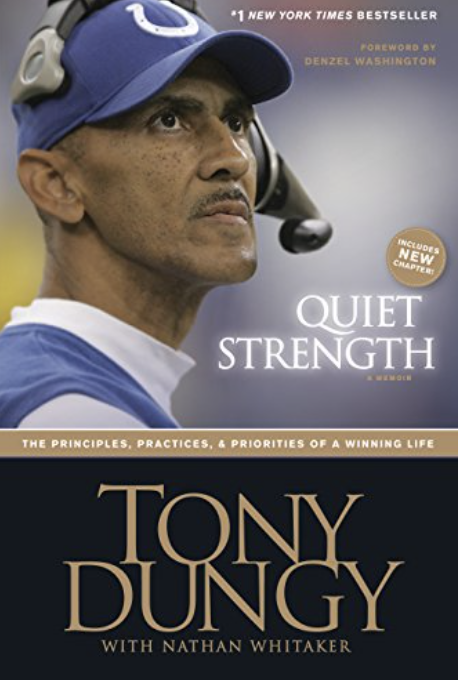
Quiet Strength
Tony Dungy
2007
Read: 2010 or before
Education/Leadership, Non-Fiction
I listened to Mr. Dungy read his books while driving back and forth to work. Again, www.audible.com for great downloads right to your iPod. I’ve always admired the man and did not know much about him. A very successful, and once very publicly fired, NFL head coach, and in 2007 the winning coach of the […]
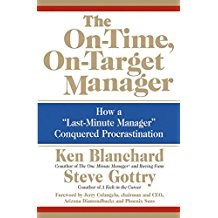
The On-Time On-Target Manager
Ken Blanchard and Steve Gottry
2004
Read: 2010 or before
Education/Leadership, Non-Fiction
Procrastination damages everything it touches. Schools, kids, business and families. It must be admitted to and dealt with. In this fable, Bob, the always late and disorganized manager, meets with a “CEO – Chief Effectiveness Officer,” and hears about the three P’s of being an on-time, on-target manager. Prioritize. Just as an emergency room triages […]
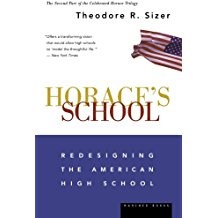
Horace’s Compromise and Horace’s School,
Ted Sizer
1984 and 1992
Read: 2010 or before
Education/Leadership, Non-Fiction
by Ted Sizer (1984 & 1992) These are books that came out in 1984, as I was beginning my teacher preparation master’s program, and 1992, as I was entering my first principalship. Both of these books have had profound influences on me and my leadership of schools. In short, Ted Sizer gets secondary schools. He […]